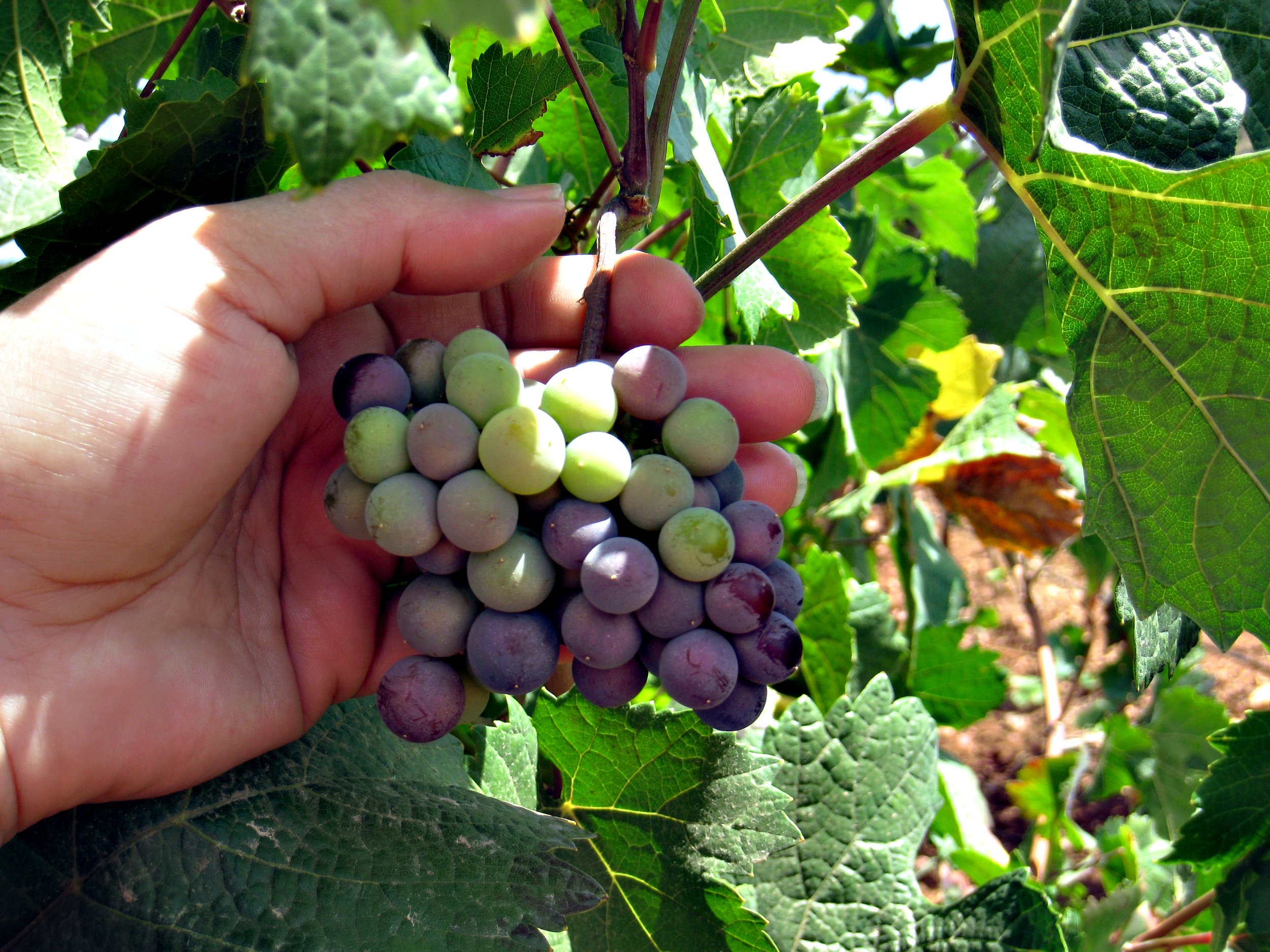Traditionally, white wine is made from ‘green’ grapes and red wine is made from ‘red’ grapes. But, did you know that white wines can be made from red wine grapes?
First, let’s take a quick look at how white and red wines are made. In the production of white wines, the grapes are pressed to extract the juice from the grapes. The juice may undergo additional processes to remove particles so that fermentation begins with clear juice. But, with red wines, the grape juice, skins and seeds are all present for fermentation. Then, the fermented red wine is drained from the tanks either by allowing the wine to freely drain, or by pressing the mixture to extract the wine.
The key to producing a red wine is the time that the red grapes and seeds spend soaking in the fermenting juice. If you simply were to press the red grapes, you’d find that the juice is nearly clear. It’s the skins that impart the color. So, to produce a white wine from a red wine grape, you simply don’t allow for any contact between the grape juice and the skins and seeds. That is, you simply follow the white wine-making process but using red grapes.
One of the most famous white wines that is made from red grapes is Champagne. Traditional Champagne is made from two red grapes (Pinot Noir and Pinot Meunier (Pee-noh Mehr-n'yay)) and one white wine grape (Chardonnay). The Champagne is a white wine because the clear juice from the Pinot Noir and Pinot Meunier grapes are combined with the clear juice from the Chardonnay grape prior to fermentation with no skin contact.
And, other white wines are produced from red wine grapes. Interestingly enough one of the biggest red wine grapes, Cabernet Sauvignon, is being made into a white wine. And that will be the subject of the next Behind the Cork™ wine of the week feature. Look for it! Cheers!


